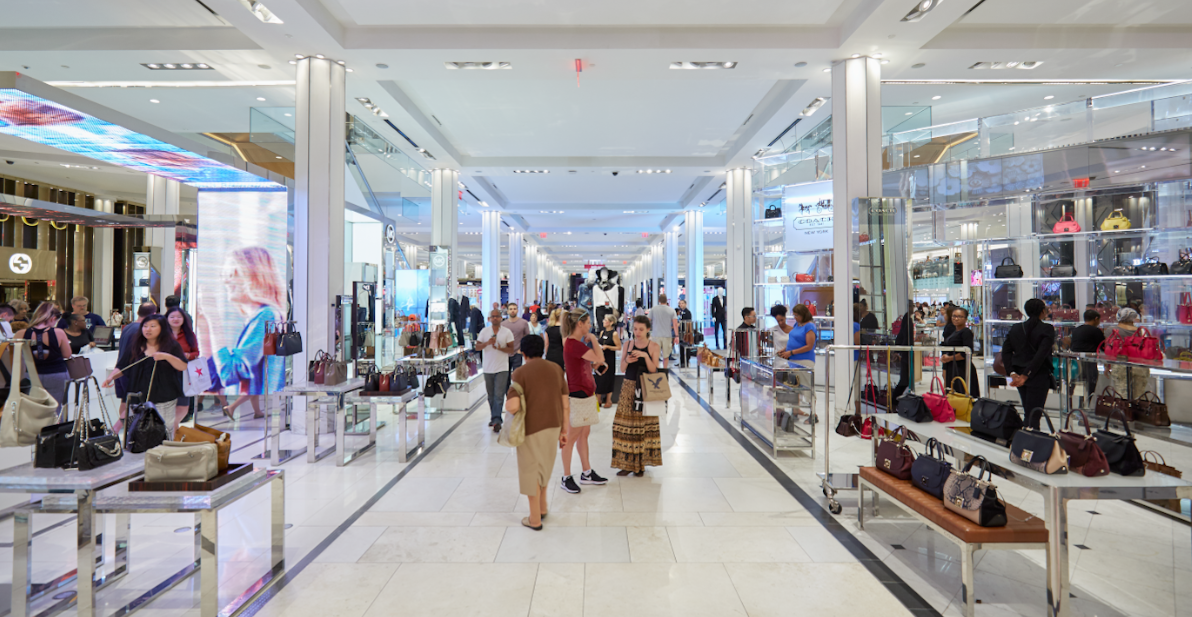With department stores on a steady decline worldwide, they must reinvent themselves, an industry leader says.
Department stores have been progressively closing worldwide as they come under heavy competition from online retailers. In Australia, 2017 marked a record-high rate of department store closures with nearly 4,000 expected to shut down this year.
While department stores are being slowly phased out, the future is not all dire, Maria Halasz, CEO of Cellmid Limited told Retailbiz.
Department stores can outlast the mounting pressure caused by e-commerce if they tap into the ever-evolving consumer desire for convenience and a personalised experience, she says.
“Those department stores that will continue to do well will understand that personalised service and extra special and differentiates them from e-commerce and when look at those making successful transitions – Bloomingdales in the US is one example, with their focus on innovation, events and differentiated products,” she said.
Experience, innovation and personalisation
Increasingly, experiential services, including in-store classes and personalised experiences will be an important feature of department stores if they are to thrive in the future market, she says.
“What you see in Australia is what you’ve been seeing in the US. A lot of premium department stores in the US have begun adjusting to the new paradigm in brick and mortar retailing. Bloomingdales for example have developed an experiential shopping experience.”
In a keynote address at a CXI event in Sydney on Tuesday, former Myer CEO and retail chief executive Bernie Brooks said that personalisation, unique experiences and innovative visual merchandising are among the most important ways for retailers to survive the current and future market.
“If they don’t do these things then they’ll be part of the dead body of retailers,” he said.
Brands such as Berdorf, Muji and New Balance are among those doing personalisation well, he said, while Japanese department stores and Selfridges are among those doing innovative visual merchandising well.
Innovation is particularly important, Ms Halasz said, particularly where there is an interactive experience offered by staff on the floor.
“We really need to interface with a customer much more deeply, so Bloomingdales is a great example where they’ve been setting up brand stations where brand owners and ambassadors can interface with customers.”
It’s these sorts of in-store experiences that are increasingly important.
“When we look at big department stores, every single brand will have to demonstrate they have an experience they can give customers in store.”
Unmanned department stores and AI
Artificial intelligence will also continue to have a huge role in the future viability of department stores, Ms Halasz says, with technologies that replace in-store staff already emerging.
“At Bloomingdales there’s a mirror where you can use the lipsticks and it shows you what it looks like on you. It can take image and in that sense replaces the customer service experience. Tech, AI is going to be incredibly important and faster adopt tech that are available.”
But Ms Halasz believes that in-store staff will not be completely phased out, and that we are more likely to see a combination of in-store staff and AI.
“My hope is they won’t be replaced. That we’ll instead see a mixture of AI, digital technology and personalised service. A lot of people still go into department stores to engage with another human,” she said.

